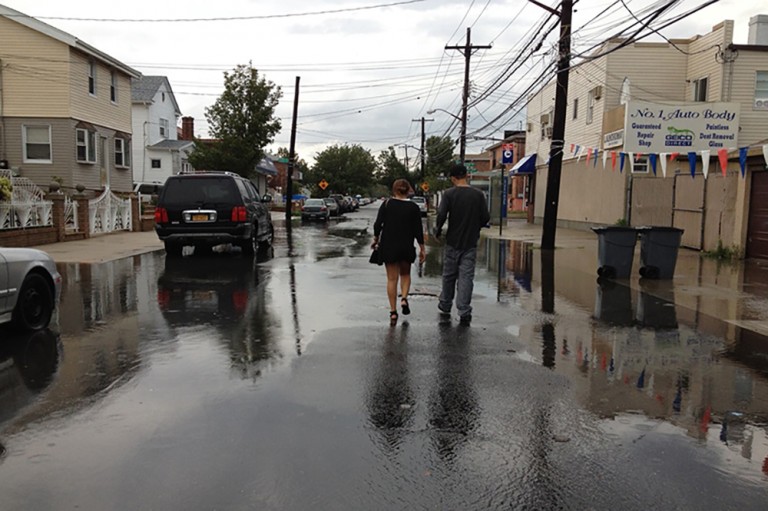By Forum Staff
State Attorney General Letitia James recently joined a coalition of 19 other states in suing the Trump administration over its deadly decision to shut down the Federal Emergency Management Agency’s bipartisan Building Resilient Infrastructure and Communities program, which has supported critical infrastructure to protect communities from disasters before they happen.
Since the 1990s, FEMA has provided billions of dollars to state and local governments to support infrastructure improvements to prepare for natural disasters. These funds have been proven to save lives, protect property, and reduce the cost of rebuilding after a disaster strikes, according to the lawsuit. While BRIC has received bipartisan support and funded projects in all 50 states, the administration abruptly terminated the program earlier this year, jeopardizing billions of dollars intended to help communities, James said. With this lawsuit, the coalition is seeking a court order to stop the termination of the BRIC program and prevent the administration from illegally reallocating its funds.
The BRIC program provides financial and technical assistance to state, local, tribal, and territorial governments to implement new measures that protect communities from natural disasters. The program’s grants cover up to 75 percent of a project’s costs, and can rise to 90 percent for small rural communities, making them a critical lifeline. BRIC funding supports the construction of evacuation shelters and flood walls, protections for water and power infrastructure, and improvements to roads and bridges. Over the past four years, FEMA has selected nearly 2,000 projects from every corner of the country to receive roughly $4.5 billion in funding. Due to the unique threats they face, coastal communities have received the largest allocations over the past four years, with New York among the states receiving the most BRIC funding.
New York has 38 BRIC projects throughout the state totaling over $380 million that are all in jeopardy as a result of the termination of the program. New York City, which is particularly vulnerable to flooding, is expecting to receive BRIC funds for 19 different projects. This includes $50 million for the Central Harlem Cloudburst Flood Mitigation Project, which is designed to provide flood protection measures to over 45,000 city residents vulnerable to flash flooding of the Harlem River.
Multiple studies have shown that BRIC funds more than pay for themselves by preventing costly damage during disasters. Each dollar spent on mitigation saves an average of $6 in post-disaster costs, with some investments saving even more. BRIC program funds have helped avoid over $150 billion in costs and saved lives in communities throughout the country.
Despite the program’s success and longtime bipartisan support, the Trump administration terminated the program in April 2025, diverting over $4 billion out of FEMA’s pre-disaster mitigation fund and into funds for post-disaster grants. Communities have been forced to delay, scale back, or cancel hundreds of projects that depend on BRIC funding. Projects that have been in development for years, and in which communities have already spent millions of dollars for planning, permitting, and environmental review are now threatened.

